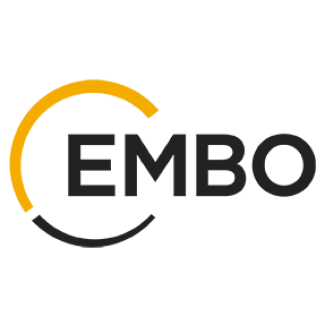Cinq biologistes du CNRS élus membres de l'EMBO
Le 4 juillet 2023, 69 scientifiques de renom ont été élus membre de l'European Molecular Biology Organization (EMBO), en reconnaissance de leurs remarquables réalisations dans le domaine des sciences de la vie.
Cinq biologistes du CNRS figurent parmi les personnalités distinguées.
La tradition de l'EMBO de reconnaître en tant que membre des biologistes de renom remonte à 1963, lorsqu'un premier groupe de 150 membres a été sélectionné par le Conseil de l'EMBO. Depuis lors, les membres de l'EMBO ont été invités à nommer et à élire des scientifiques exceptionnels pour rejoindre la communauté, qui compte aujourd'hui plus de 2 000 membres et membres associés. Les élections des membres de l'EMBO ont lieu chaque année. Les nouveaux membres de l'EMBO rejoignent une liste de scientifiques de renom élus avant eux, qui comprend 91 lauréates et lauréats du prix Nobel.
Source : embo.org
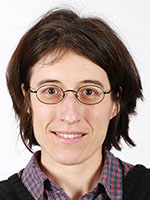
Institut de biologie Valrose
CNRS/Inserm/Université Côte d'Azur
Spatio-temporal regulation of RNA in the nervous system
RNAs undergo tight spatiotemporal regulation in neurons, where they can be transported over long distances. My lab studies the mechanisms and function of RNA targeting and local regulation in the Drosophila nervous system, combining imaging, molecular and functional approaches. We are particularly interested in how RNA-protein complexes are dynamically transported and remodeled in response to both developmental or aging programs and neuronal activity
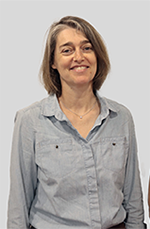
Institut Jacques Monod
CNRS/Université Paris Cité
Programmed genome elimination in Paramecium
Our team studies the remarkable process of small-RNA-guided DNA elimination that occurs during development in the eukaryote Paramecium, in which at least a third of the genome is reproducibly removed. Our efforts aim to understand the mechanisms that control these events, as well as the evolutionary trajectories of the eliminated sequences. Our approach combines molecular and cellular genetics, biochemistry and large-scale genomic strategies.
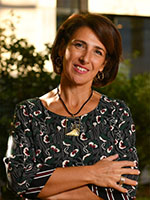
Institut de biologie physico-chimique
CNRS/Sorbonne université
Photobiology of microalgae
Microalgae are prominent aquatic organisms responsible for about half of the photosynthetic activity on Earth. We investigate the functional diversity, ecology and evolution of microalgae by studying light-driven processes (photosynthesis, photoperception, circadian rhythms) and plastid biology in molecular model systems (primarily the marine diatom Phaeodactylum tricornutum) and ecological relevant phytoplanktonic species.
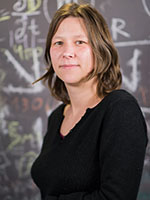
Université Paul Sabatier
CNRS/Université Paul Sabatier
DNA double strand break repair within chromatin
Repair of DNA double strand breaks (DSBs) in the chromatin context raises several questions that we aim to address in the lab. Using an experimental system we developed (called DIvA for DSB Inducible via AsiSI), to induce multiple sequence-specific DSBs widespread across the genome, combined with NGS-based genomic approaches we investigate the function of chromosome architecture and chromatin in DSB repair.

Institut Jacques Monod
CNRS/Université Paris Cité
Mechanisms of oocyte meiosis
Projects in my group aim at dissecting the molecular mechanisms underlying the two meiotic divisions to generate haploid gametes, with a focus on female meiosis to generate oocytes of the correct ploidy. The central question we study deals with the issue of how meiosis I-specific events are executed only in meiosis I, and those of meiosis II only in meiosis II, using mouse and X. laevis oocytes, as well as budding yeast as our main model systems.

